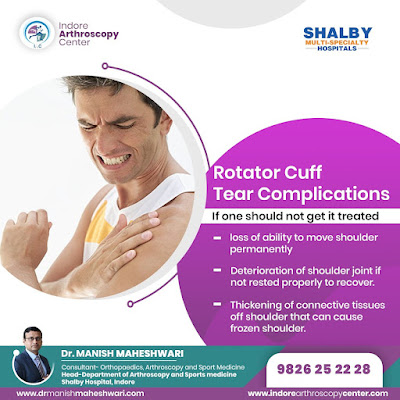Know how to Understand Hairline Fractures and How to Get Relief?

Hairline fracture is a very common type of fracture, also known as " stress fracture " is a small crack or severe bruise within a bone. The injury is most common in athletes; also one must have experienced a hairline fracture once in a life. The most common symptom one faces during hairline fracture is pain; this pain got worsen with movements, activities and time. It's important to modify your activities at that time. Other common symptoms of hairline fracture include swelling, tenderness, bruising and aching at the site of the fracture or around the region of the fracture. If you are having such symptoms you can be diagnosed by hairline fracture. Hairline fracture can be treated once, get diagnosed by physical examinations; also X-Ray examination and MRI helps to detect the site of fracture; it usually visualize lower grade stress injury before an X-ray shows changes. MRI usually helps to distinguish between stress fracture or hairline fracture and soft tissue injury. U...


